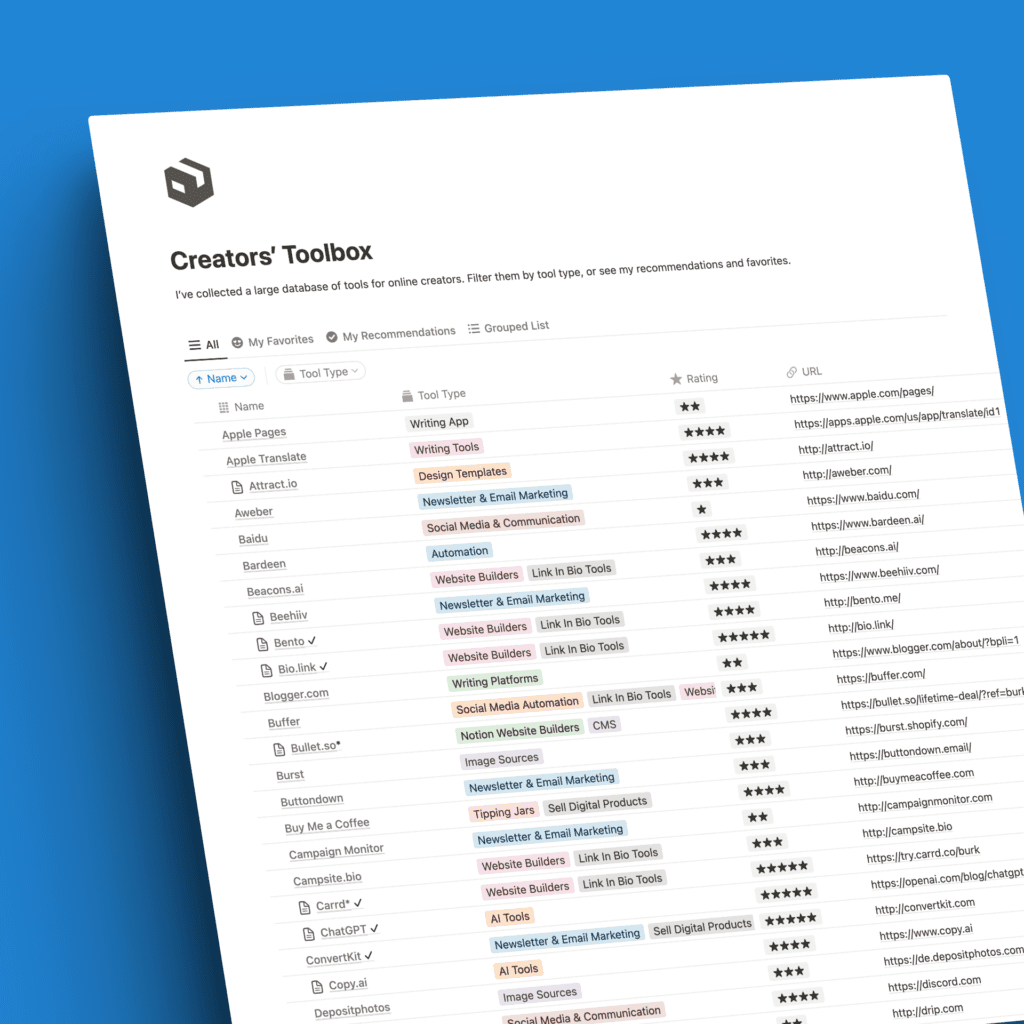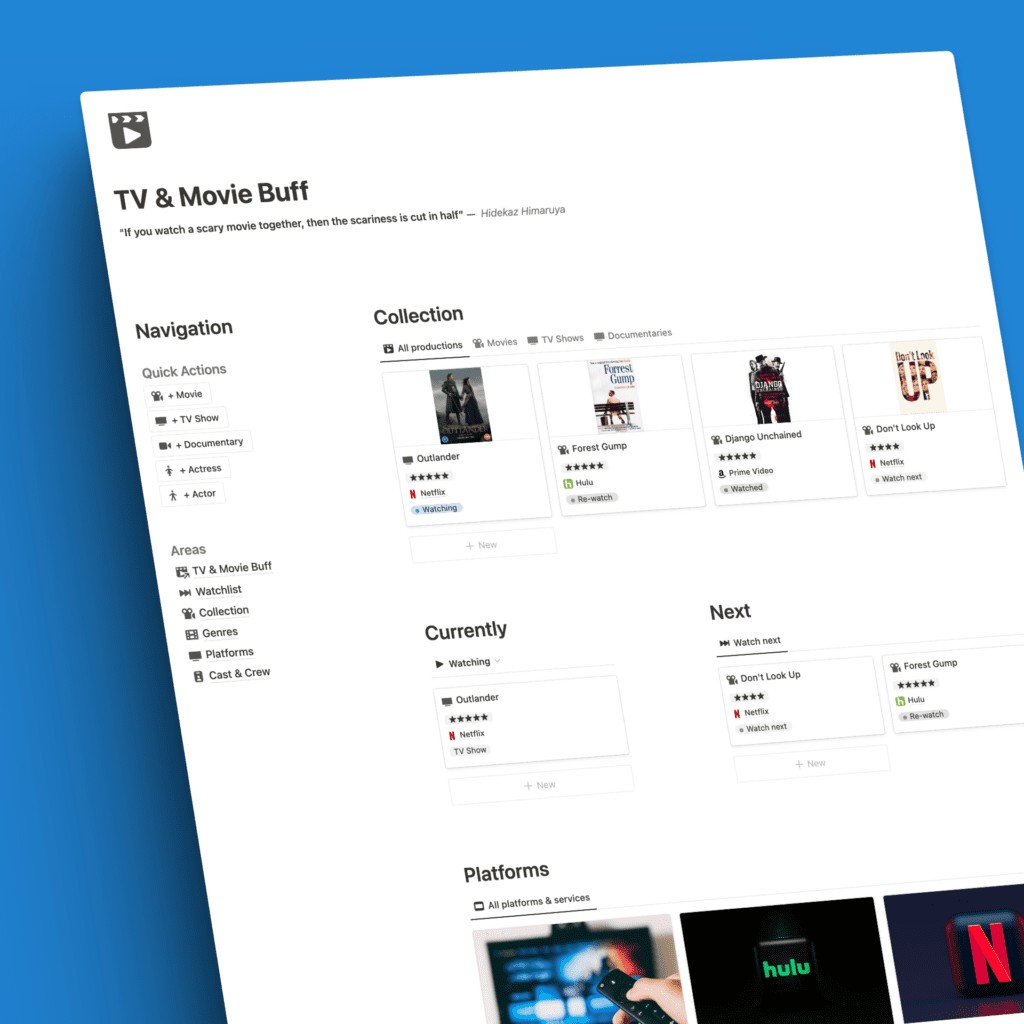Apple is at war with Facebook. Over privacy, data protection, tracking, and probably a dozen things more. To further heat up their rivalry Apple is now (and has been for quite a while) secretly building its own social media network to compete with Facebook’s namesake but also with its messaging platforms Facebook Messenger and WhatsApp.
This is not Apple’s first try at social media
Bad memories. Does anyone remember Ping? No? Well, Apple would like to forget that chapter as well. Ping was Apple’s first attempt at a social media network. It crashed and burned. Surprisingly quickly. But not completely.
Ping was supposed to be a social media platform for music lovers. It launched in 2010 with the tenth major release of iTunes. Back when iTunes was the biggest hit in the business. But competition arose. Spotify was growing rapidly. Streaming services became the norm.
In an attempt to enrich iTunes feature set and at the same time compete with the enormous growth of social media platforms like Facebook, Twitter, and co., Apple was betting on the popularity of iTunes and the idea that a social media network revolving around music was going to be a major hit. One that hadn’t been tried before. Initial reviews after launch were quite positive and prominent figures in the music industry got on board.
Ping sadly had major flaws though. For one, it was accessible through iTunes only. iTunes had already become more and more clunky over the preceding years. Integrating social media features like posts, comments, replies, messages, and more only made it worse.
Ping also immediately saw the worst part of social media coming: Spam and fake accounts. Within 24 hours of its launch, pages of popular artists like Britney Spears, Lady Gaga, or Katy Perry were flooded with scammy posts promising free iPhones and iPads. In addition, numerous fake profiles of famous singers and musicians started appearing. Nothing new in today’s social media world. But Apple wasn’t handling it well a decade ago.
This all led to Ping’s quick demise and its closure in September 2012, exactly two years after launch. It’s not all bad though: Apple learned valuable lessons along the way. They were also able to include some of the ideas for Ping into their next highly successful music service: Apple Music. With Apple Music Connect, a feature that allows users to follow famous artists, browse their feeds, and receive exclusive content, Ping lives on in a more modern and controlled manner that has become a part of the leading music streaming service in the world.
Fast forward a decade: Apple next try at social media
During the last decade, Apple has kept relatively quiet in terms of social media network plans, other than Apple Music Connect. But that quietness is elusive. For years now, Apple is secretly building its own social media network. And you’re most likely already participating in it.
What’s a social media network anyway
Merriam-Webster defines a social media network like this:
forms of electronic communication (such as websites for social networking and microblogging) through which users create online communities to share information, ideas, personal messages, and other content (such as videos)
While I don’t think that’s the most accurate description of today’s social media platforms, it captures the essence nevertheless. Let’s get back to Apple now, shall we?
Apple & privacy
As you may know, Apple has a firm stance on privacy. And let’s face it: Most social media platforms (and their owners) do not! They don’t care about your privacy. They want your data. Data they get for free through these social media networks which they can then sell to third-party brokers.
In the last few years, data has surpassed oil as the most valuable resource on the planet. It’s scary!
With this in mind, Apple (as they like to say) is not in the data selling business. This is good. For a social media network, however, this is mostly hindering. Data collection is one of the biggest selling points of social media platforms. Small businesses and freelancers use it to better serve ads or offerings to existing or potential customers. Those are not malicious interests. It’s making a living. And that sometimes depends on certain aspects of data insight. Data that Apple won’t allow you to get unless the user gives the consent to do so. Now, how is Apple going to build a social media platform with these limitations in place, you might ask? Great question! They’ve already done it. Sort of.
Apple’s version of a social media platform is starting to take shape
What constitutes a good social media platform? Ways to connect with family and friends, but also meeting new and like-minded people? Messaging? Even audio and video calling? Posting, commenting, and sharing content? Creating a profile, a short about you section? Mentioning users, tagging, and liking? All of these are at the heart of any social media platform.
How’s Apple doing on that front? Which Apple service can you name that incorporates a profile with a picture, a form to communicate with loved ones (and almost everybody else you like), sharing content in form of text, images, or video, posting cute emojis, mentioning people, and much more. But at the same time all encrypted and secure, protecting you from unwanted data collection. You know what I’m talking about, don’t you?
Apple’s future plans for privacy-centric social media
All of the aforementioned features are bundled into one of the most popular and (at least by Apple users) most beloved free services that you’re already using: iMessage.
Now, before you ask the obvious question: Whaaaaat?
Hear me out! On the surface, iMessage surely doesn’t look and feel like a social media network. I’m with you. It doesn’t. But dig deeper! Apple is slowly — yes, really sloooowly — incorporating more social features into their messaging service.
It’s not just texting
Long gone are the times that iMessage was a texting platform only. It’s a way to stay in touch via text, photos, videos, emojis, memojis, and more. It’s also a way to directly audio or video call your loved ones, handled through and in conjunction with the Phone and FaceTime apps. All aspects that Facebook and co. include in their ecosystem of apps. And there’s more.
You can emojify all your messages, send crazy GIFs, use the dictate function, or chat via audio messages.
A focus on typical social features
There’s also Tapback. A feature that — much like other social media apps — allows you to like messages or react via other visual aids:
- Heart: Like a message
- Thumbs up: approve or agree
- Thumbs down: disapprove or disagree
- Ha ha: Everyone needs a laugh.
- !!: Exclaim emphatically.
- ?: Got a question?
Tight integration
The list of features goes on, of course.
Inside the Apple ecosystem, iMessage serves as a middleman for many services and actions.
For example, transferring money via Apple Pay, setting or adding calendar events, creating reminders, sharing your location via Apple Maps, or sharing contact info. All without leaving iMessage. An experience that only Apple with its tight integration can offer in a seamless fashion. And one that surpasses the capabilities of most social media platforms. And remember: All that without compromising your privacy.
Recent updates
More recently, iMessage upped its social prowess through the addition of a profile picture next to your name with the options to show it only to contacts, or to anyone. It sounds like a tiny step, but even a tiny step takes you forward. At WWDC 2020, conversation threads and mentions received a warm welcome from Apple fans.
Apple won’t stop there. Rumors about more social features have been floating around for months. It’s not quite sure what these will be but I have my thought.
Future plans for iMessage
First of all, Apple is likely going to expand on the profile aspect of iMessage, giving it a dedicated place for a short bio, as other social media networks do, or a status as seen on WhatsApp. Maybe even letting you include a link in your bio, although this does present a spamming option.
Another plan could be the introduction of “public” profiles. A way to show your pic, name, and bio (if you choose to) to Apple users across the ecosystem. Giving you the option to be discovered by name, number, email address, or username. Always highly controlled by the user, meaning you choose what to show and what to keep private.
Next possible scenario: A form of adding posts and comments to your profile, kept separate from the message streams. Just like posts on Facebook, or Tweets on Twitter. This is speculative, of course, but it makes sense to me.
The one thing that’s holding iMessage back
One thing has always been missing from iMessage. By design. One thing that is as admirable as it is controversial.
It’s the backbone of most Apple services, and yet it’s the one thing that Apple might need to overthink in the future. Compatibility. Or lack thereof.
Is there going to be an Android version of iMessage with integrated social features? Knowing Apple, the answer is “no”. Apple services are ecosystem exclusives, aren’t they? Why would Apple bother with a secure and private messaging service and social platform on other operating systems? Again, knowing Apple, they won’t. Or will they?
Let’s take a step back and look at Apple Music again. Apple Music Connect is the only sort of social network integration Apple currently offers to customers, be it just to Apple Music subscribers and in a very limited form. But you know what Apple Music also is? One of the few Apple services that are available on other platforms as well. Like Android.
Is Apple just taking its time
Is this an indicator for a potential cross-system iMessage service? Is Apple just taking a really long time to get it right? They might be. iMessage is one of the most popular messaging apps. It’s also one of the most secure. And it’s gotten more social features over the years.
To me, it makes sense that Apple is at least considering the idea of expanding their service to other platforms, as a way to push privacy and data protection in general and to further establish the foundation of a next-generation, privacy-centric social media network to compete with the data-hungry global leaders. It’s not the first time Apple took on a whole industry… and not the second. It’s also not the first time that they won. It won’t be the last.








